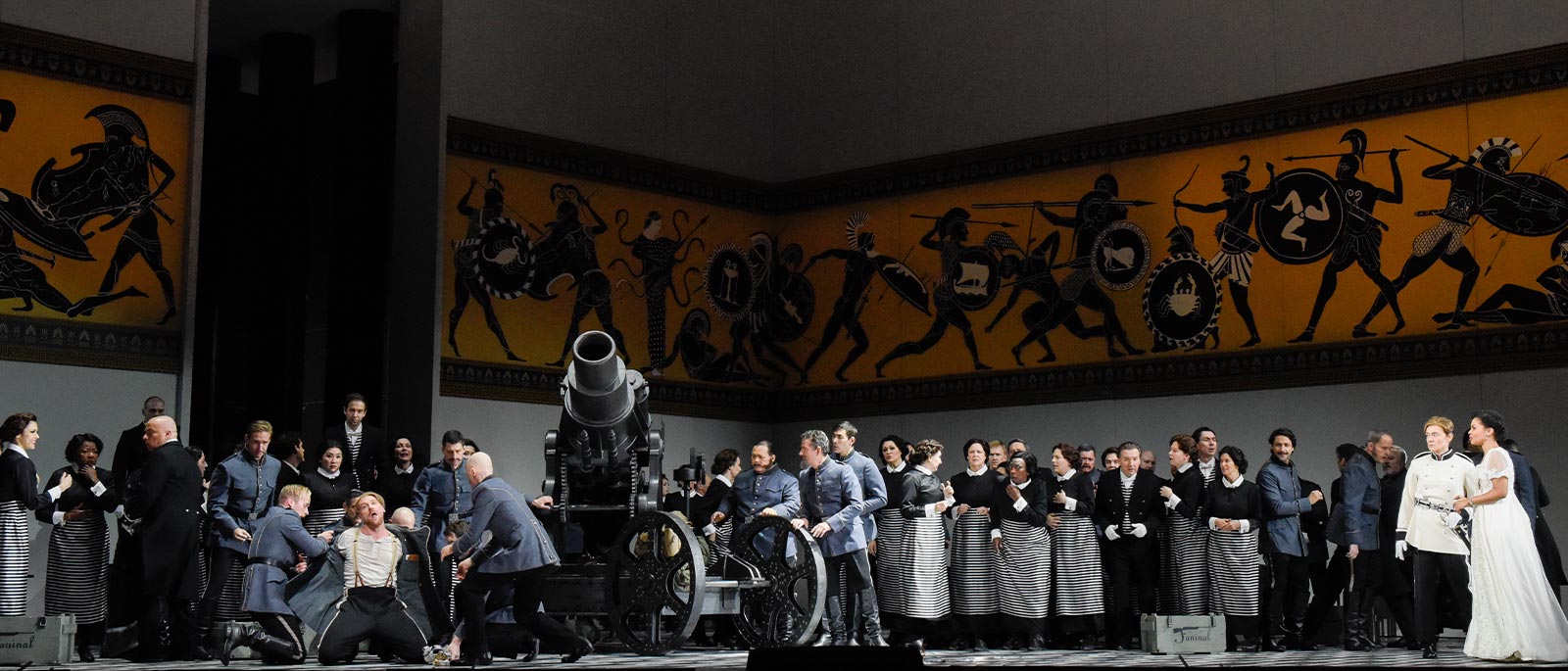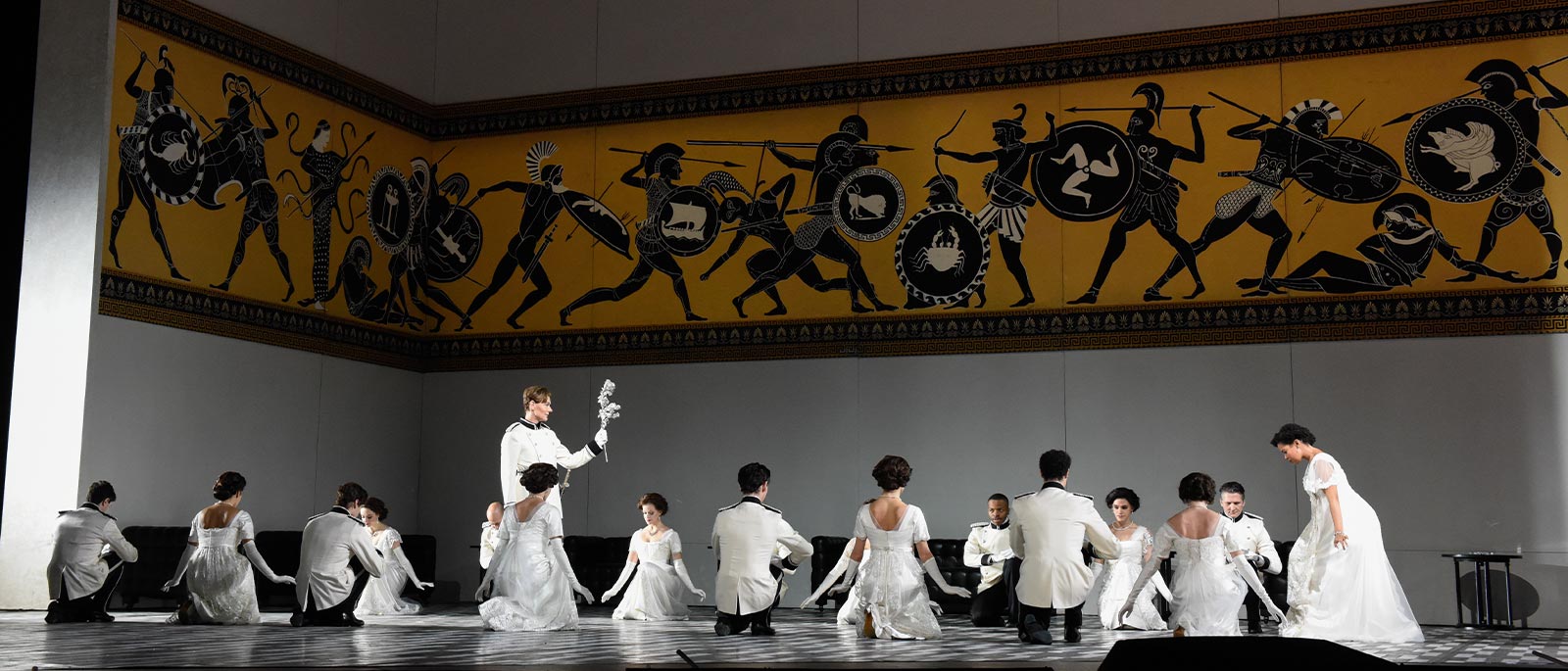
Richard Strauss
Der Rosenkavalier
This production ran: Mar 27 - Apr 20
This production is in the past.
Overview
A sterling cast assembles for Strauss’s grand Viennese comedy. Soprano Lise Davidsen is the aging Marschallin, opposite mezzo-soprano Samantha Hankey as her lover Octavian and soprano Erin Morley as Sophie, the beautiful younger woman who steals his heart. Bass Günther Groissböck returns as the churlish Baron Ochs, and Brian Mulligan is Sophie’s wealthy father, Faninal. Maestro Simone Young takes the Met podium to oversee Robert Carsen’s fin-de-siècle staging.
Content Advisory: This production contains scenes that include nudity.
A co-production of the Metropolitan Opera; Royal Opera House, Covent Garden, London; Teatro Colón, Buenos Aires; and Teatro Regio di Torino
Production a gift of Howard Solomon and Sarah Billinghurst Solomon
Revival a gift of Sarah Billinghurst Solomon, in memory of Howard Solomon
Languages
Languages sung in Der Rosenkavalier
Sung In
German
Titles
Title languages displayed for Der Rosenkavalier
Met Titles In
- English
- German
- Spanish
Timeline
Timeline for the show, Der Rosenkavalier
Estimated Run Time
4 hrs 30 mins
-
House Opens
-
Act I
80 mins
-
Intermission
30 mins
-
Act II
65 mins
-
Intermission
30 mins
-
Act III
65 mins
-
Opera Ends
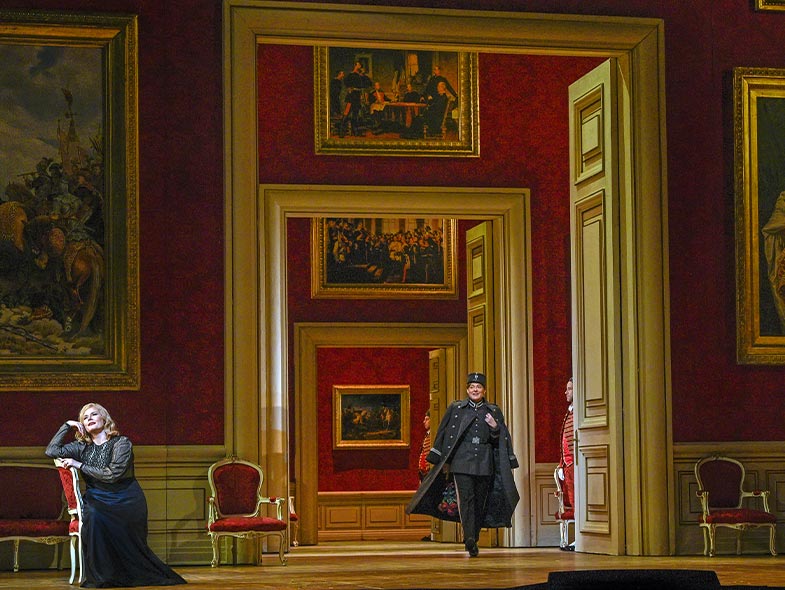
World premiere: Court Opera, Dresden, 1911. Set in an idealized Vienna of the past, Strauss’s most popular opera concerns a wise woman of the world who is involved with a much younger lover but ultimately forced to accept the laws of time, giving him up to a pretty young heiress. Hofmannsthal’s fascinating libretto deftly combines comedy, dreamy nostalgic fantasy, genuine human drama, and light but striking touches of philosophy and social commentary. Strauss’s magnificent score, likewise, works on several levels, combining the refinement of Mozart with the epic grandeur of Wagner.
Creators
Richard Strauss (1864–1949) composed an impressive body of orchestral works and songs before devoting the second half of his long and productive career to the stage. His 1909 opera Elektra marked his first collaboration with Viennese author and poet Hugo von Hofmannsthal (1874–1929), who would go on to write five other libretti for Strauss over the following 20 years, in one of the most remarkable partnerships in theater history.
PRODUCTION
Robert Carsen
SET DESIGNER
Paul Steinberg
COSTUME DESIGNER
Brigitte Reiffenstuel
LIGHTING DESIGNERS
Robert Carsen and Peter Van Praet
CHOREOGRAPHER
Philippe Giraudeau
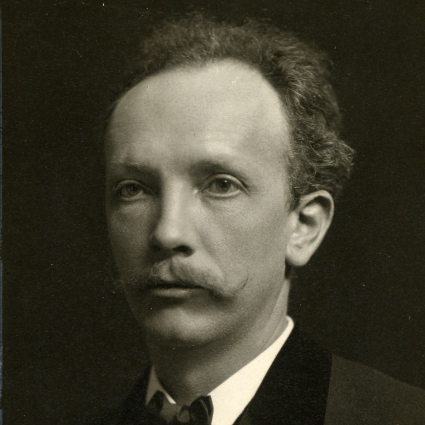
Composer
Richard Strauss
Setting
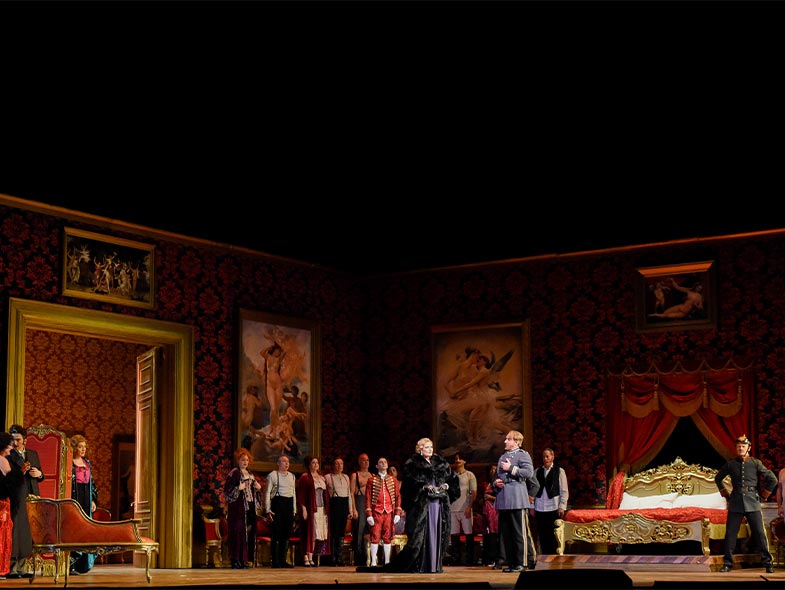
The opera is originally set in Vienna in the 1740s. Genuine historical references are merged with fictitious inventions (like the “noble custom” of the presentation of the silver rose to a fiancée, which never actually existed) and anachronisms (like the Viennese Waltz, which did not yet exist at that time). It’s a mixture that creates a seductive mythical landscape, a ceremonious and impossibly beautiful Vienna-that-never-was. The Met’s current production moves the setting to the last years of the Habsburg Empire.
Videos
Music
The score of Der Rosenkavalier is lush, rich, and romantic to an extraordinary degree—perhaps surprisingly so, considering that the composer had written the disturbingly edgy and modern Elektra only two years earlier. The presentation of the rose, with its soaring vocal lines sprinkled with chromatic figures reflecting the shimmering of the silver rose (a motif that reappears with renewed poignancy at the very end) is ravishingly beautiful. And waltzes appear frequently, sometimes bumptious, sometimes elegant.
